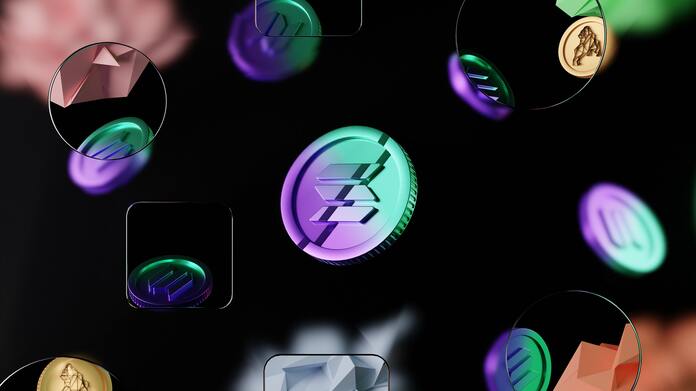The 43-year-old software engineer, who worked on BlackBerry in the 2000s and helped develop Microsoft’s Windows Phone app store, is now taking on a new challenge. As of early 2022, Laver is leading Solana Labs’ efforts to transform the cryptocurrency experience by integrating blockchain capabilities into mobile devices, despite never having worked in the cryptocurrency space.
“This has such great energy. The sky is the limit for energy,” Laver said in a rare interview with DL News. “It feels like madness, but it also feels like the end result.”
The end result is Solana’s second phone, Chapter 2, scheduled for release in early 2025. With a pre-order price of $500, Solana has already secured more than 130,000 pre-orders, totaling $65 million.
a bold bet
This ambitious move is important for the four-year-old blockchain network given the highly regulated mobile phone industry dominated by giants such as Apple and Samsung.
Why did Solana, a major player in decentralized finance (DeFi) with a token market capitalization of $82 billion and a leading brand in the cryptocurrency space, jump into hardware manufacturing?
“This is a very difficult question,” Chris Lewis, an independent telecoms analyst with more than 40 years of experience, told DL News.
The answer lies in control. Solana aims to free cryptocurrencies from desktop dependence and limited app platforms from Apple and Google. These Silicon Valley giants have long stymied cryptocurrency-friendly mobile developers with high fees and app bans.
In today’s world where investing, shopping and banking are becoming increasingly mobile, cryptocurrencies are still struggling to establish their presence. “We’re used to everyone bringing their laptops to dinner, so we don’t miss a drop or a claim,” said Emmett Hollyer, director of business development and operations at Solana Labs.
Overcoming past challenges
Solana is not the first to challenge existing companies. Over the past decade, a number of custom cryptocurrency phones have hit the market, but none have achieved much success. Last year, Solana launched the Android-based Solana Saga and sold about 20,000 of the $600 handsets, well short of its 50,000 unit goal. On the other hand, Apple shipped more than 80 million iPhones in the fourth quarter alone.
Despite past setbacks, Solana is investing heavily in Chapter 2 to carve out a significant niche in the mobile market and provide users with a seamless blockchain experience.
Featured Image: Freepik
Please see disclaimer

